XL21 series power distribution cabinet is a low voltage distribution equipment that assembles switchgear, measuring instruments, protective appliances, and auxiliary equipment into enclosed or semi enclosed metal cabinets or screens according to electrical wiring requirements. It is suitable for use in AC 50Hz and rated voltage of 380V distribution systems as power, motor control, and lighting. Power distribution cabinets are widely used in industries such as metallurgy, mining, petroleum, chemical, textile, building materials, mechanical processing, and transportation.
Product Features
- The cabinet is made of cold-rolled plates with a thickness of 1.5mm or more, bent and welded, and sprayed with plastic both inside and outside. Multiple external dimensions are provided according to user needs.
- The corners of the cabinet after processing are smooth and uniform, without cracks, and the welding seams are smooth, without bumps, burrs, cracks, virtual welding, etc. The door should be designed with an opening angle of no less than 120 degrees.
- The installation method of electrical components in the cabinet is to install beams or plates. The system scheme is flexible in combination, easy to install, versatile, and easy to maintain and repair.
- The overall structure of the cabinet is reasonable, with a stylish appearance and standardized wiring. At the same time, sufficient space for incoming and outgoing lines is considered, and fixed cable supports are also provided for easy wiring by users.
- Distribution cabinets are usually operated on one side and installed on reliable walls. Cable inlet and outlet holes are reserved on both sides of the cabinet, and can also be opened according to user needs.


Only logged in customers who have purchased this product may leave a review.
We are professional EV charger manufacturer.
This depends on the EV battery size, remaining battery capacity, and the type of EV charger used as well as environmental conditions such as temperature.Typically, an AC charger with an output power of 7–22 kW can fully charge an EV in between 3 and 6 hours.With a 50–200-kW DC fast charger, the charge time can be reduced to 10–60 minutes.
An AC charger provides AC power, which is then converted to DC power by an onboard charger inside the EV (before it reaches the battery). AC chargers are normally used in slow-charging applications such as home charging. A DC charger converts AC power from the grid into DC power, which is more efficient and supplies the batteries directly. Thus, the charging time is markedly shorter. DC chargers have higher power requirements and therefore a higher installation complexity. As such, the installation cost can be higher than that for an AC charger. DC systems are generally used in commercial/public charging applications where shorter dwell tines are needed
This depends on your situation. Fast DC chargers are ideal for cases where you need to recharge your EV quickly, such as at an intercity highway charging station or rest stop. An AC charger is suitable for places where you stay longer, such as workplace, shopping malls, cinema and at home.

























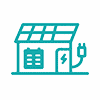








.png) PV-Storage-Charging
PV-Storage-Charging-1.png) High & Low Voltage Switchgear
High & Low Voltage Switchgear Company Profile
Company Profile News Information
News Information Service Support
Service Support Cloud Platform Customized Development
Cloud Platform Customized Development Leisheng Charging International Platform
Leisheng Charging International Platform Leisn Home Charging Platform
Leisn Home Charging Platform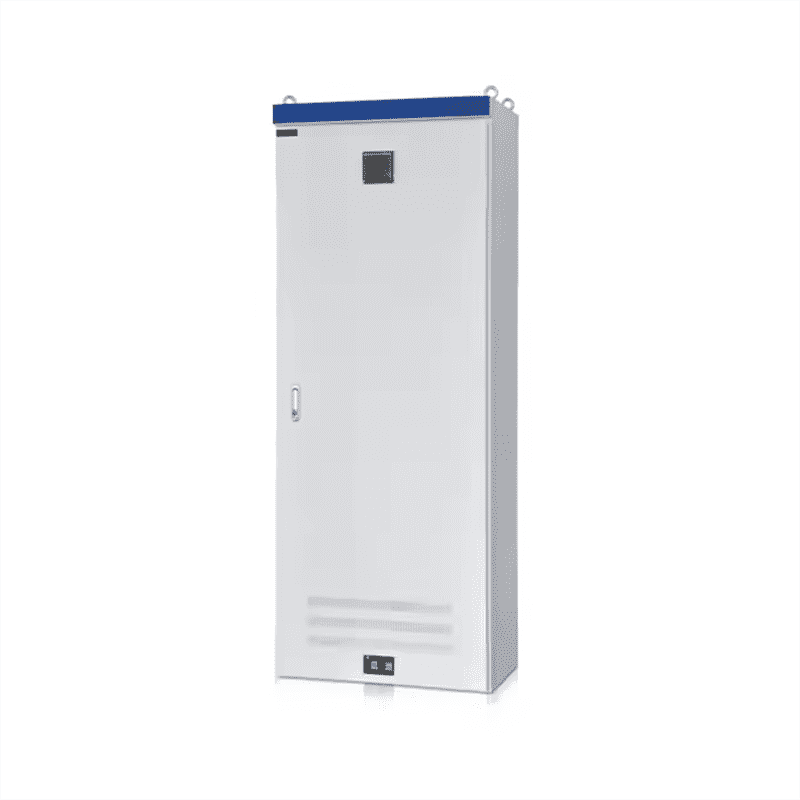

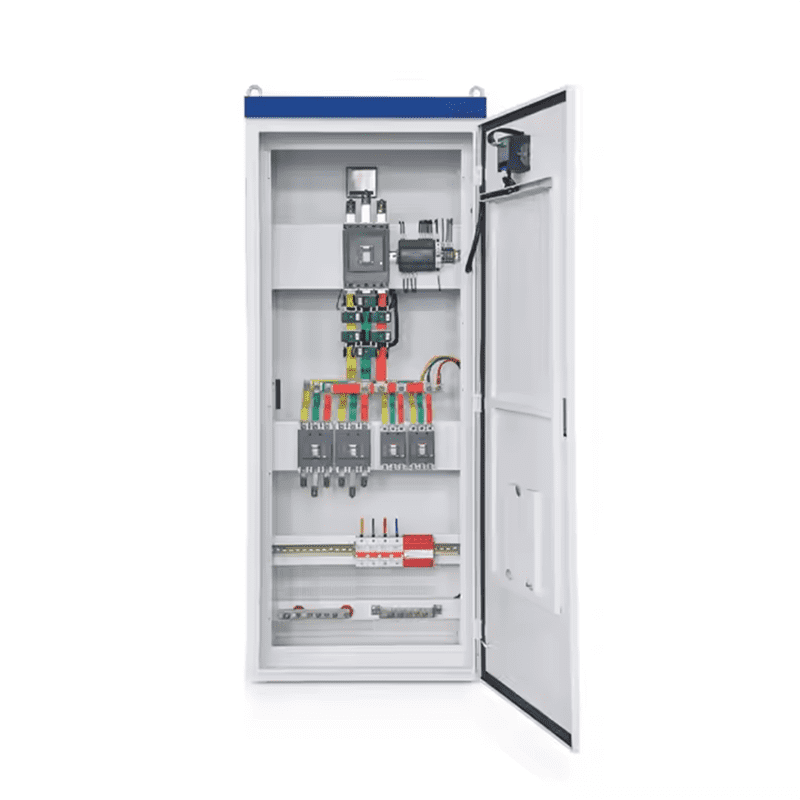
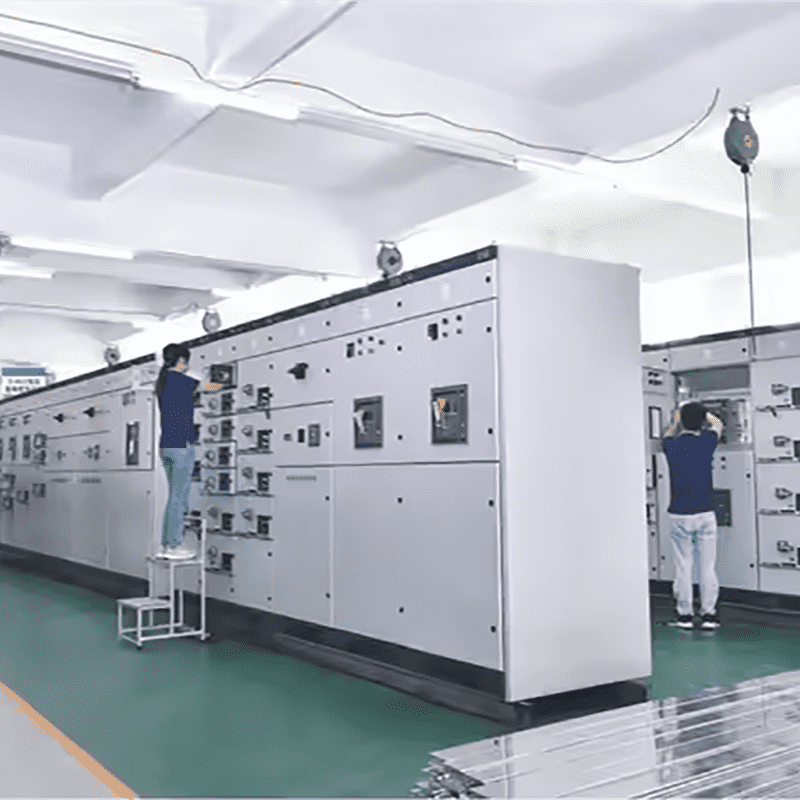
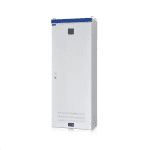
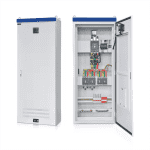
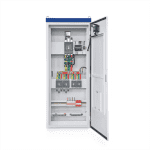
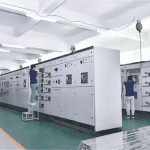
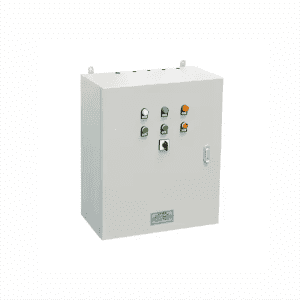
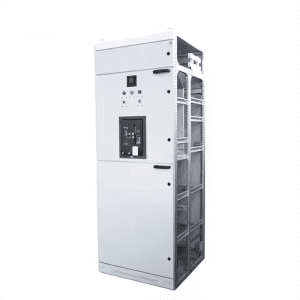
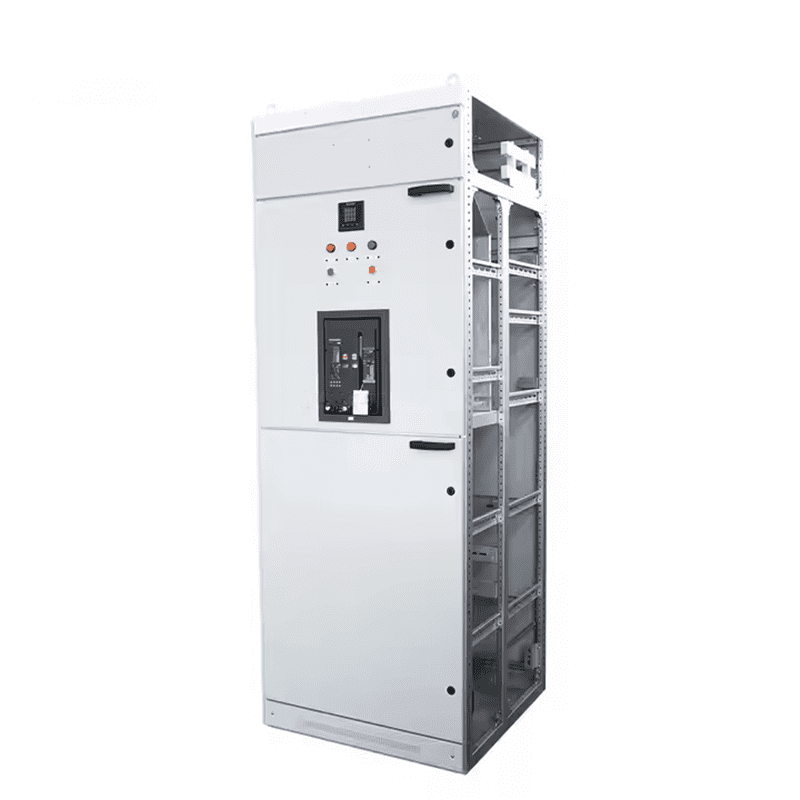
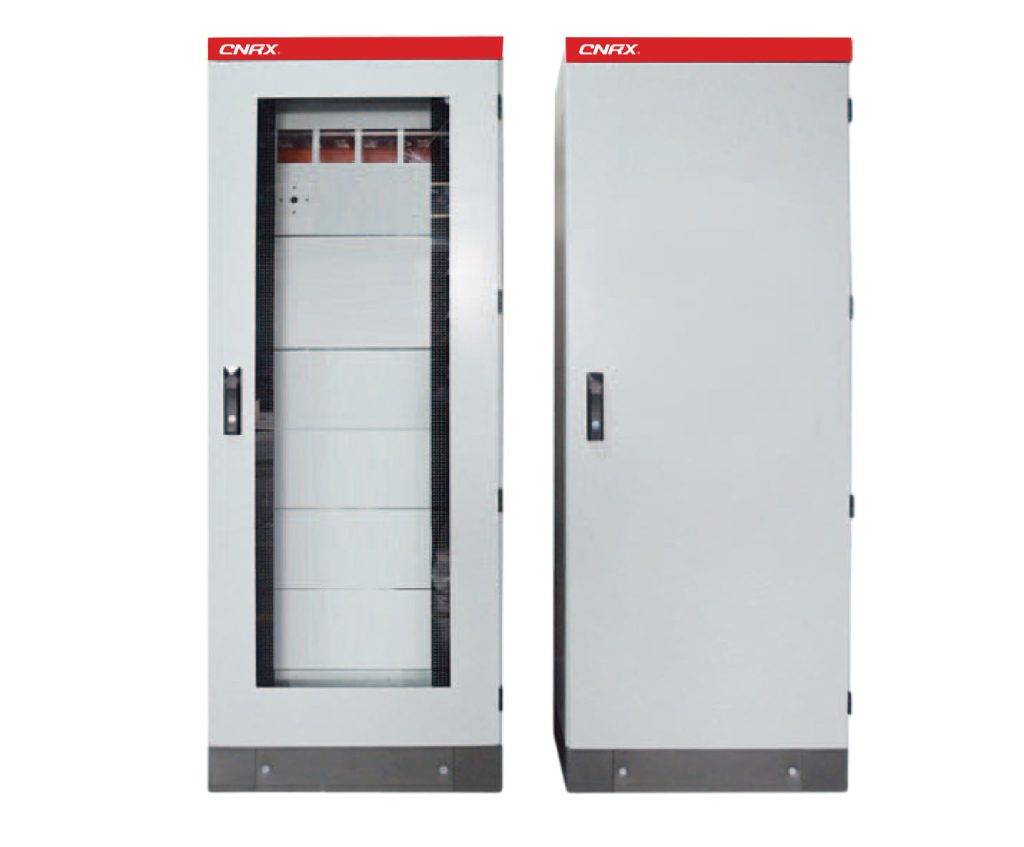
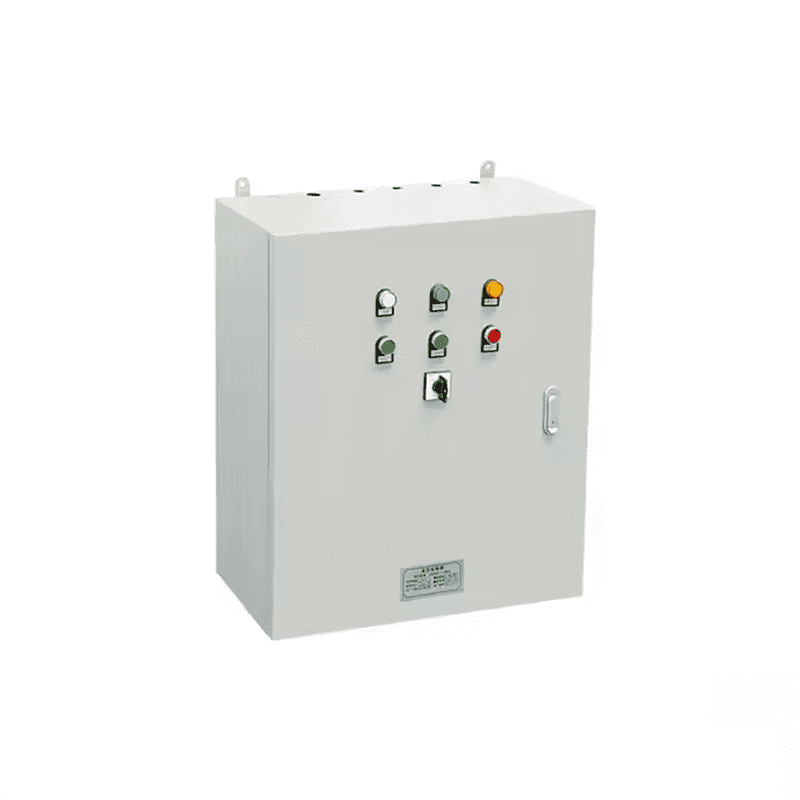
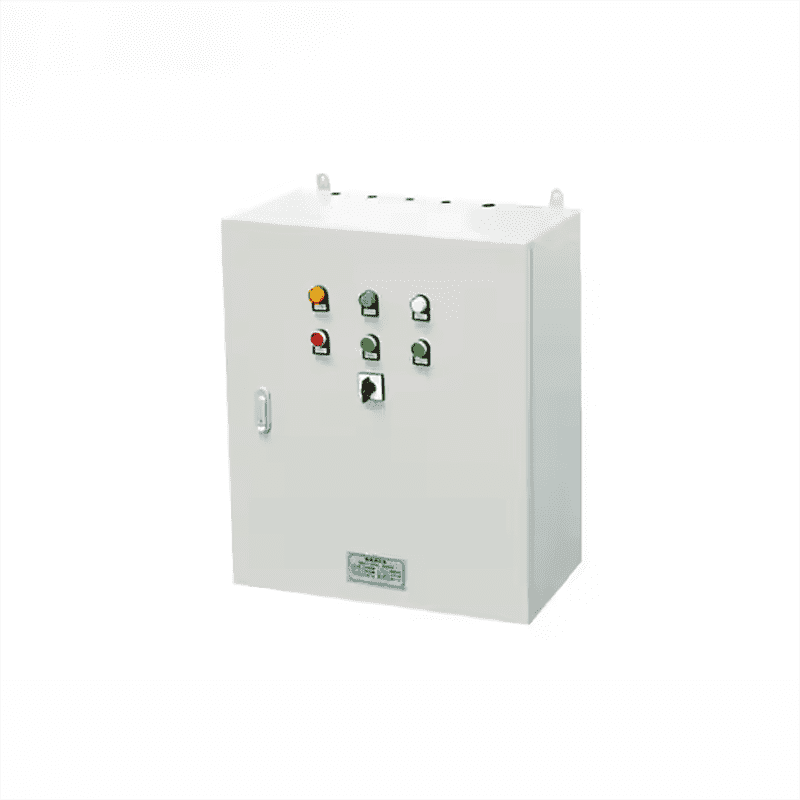
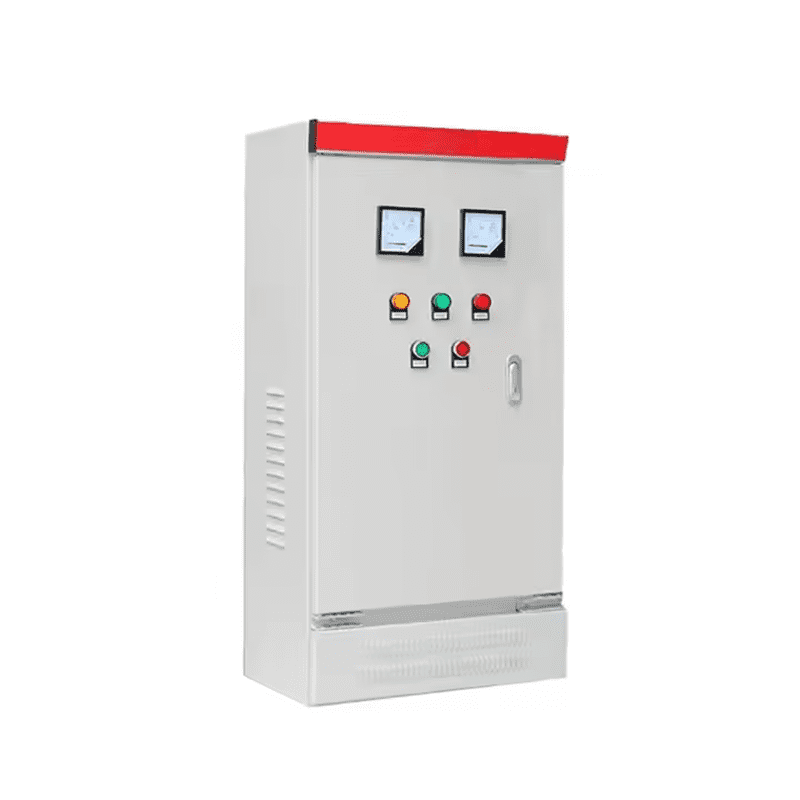
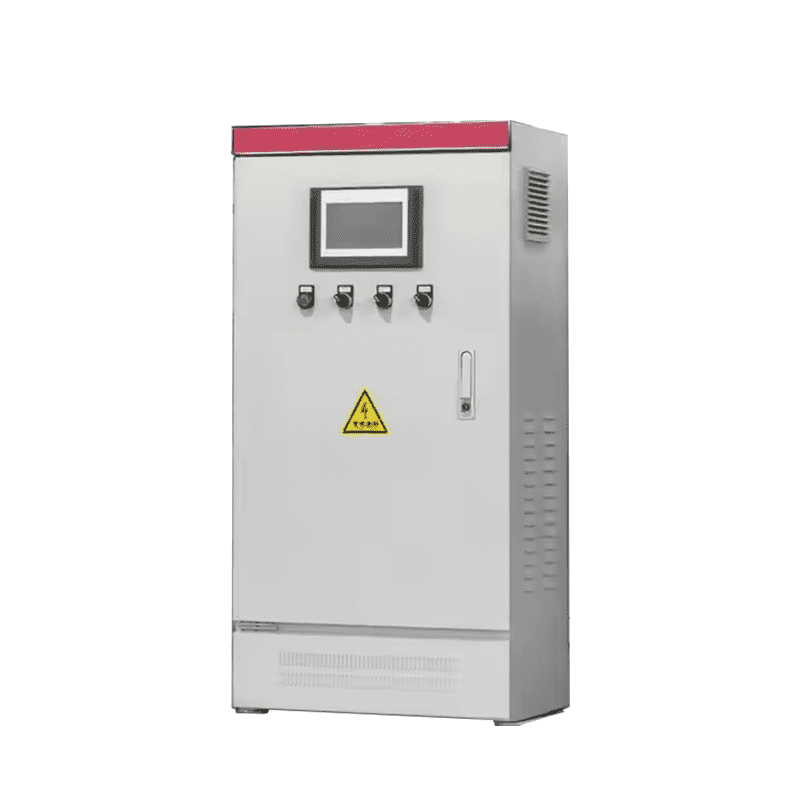
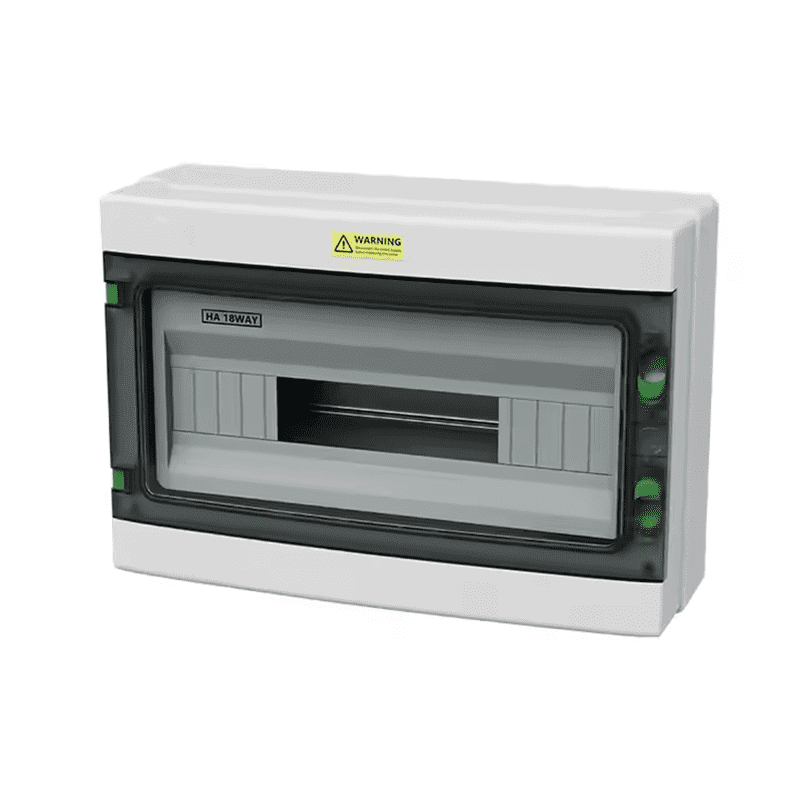
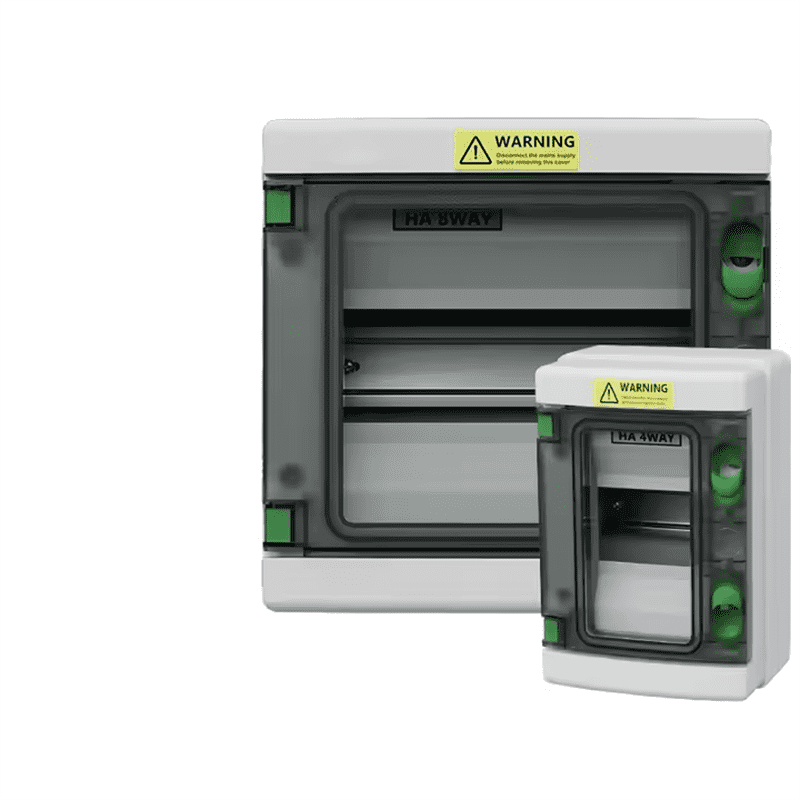
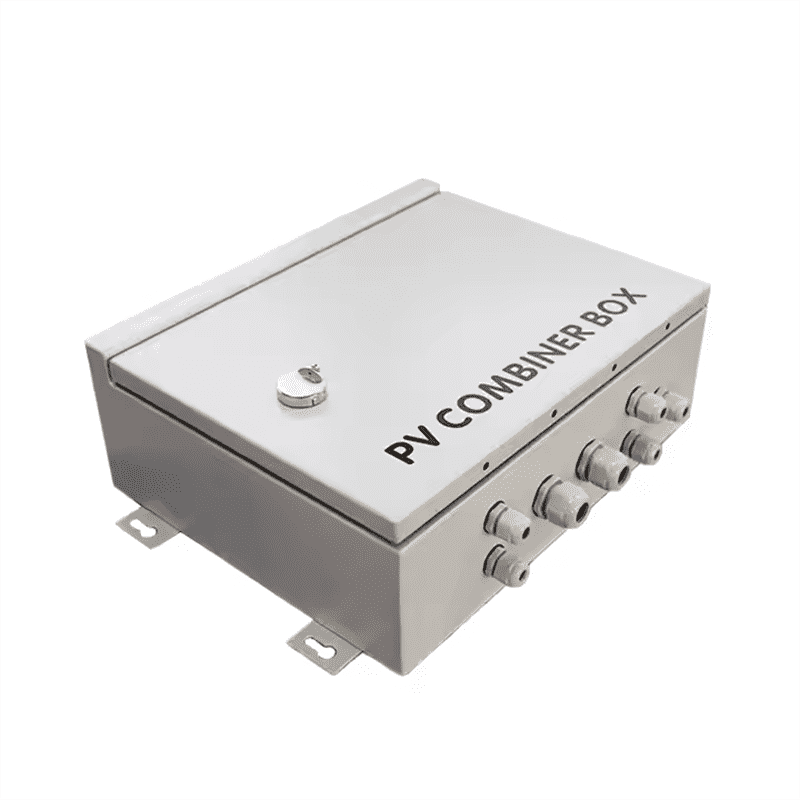
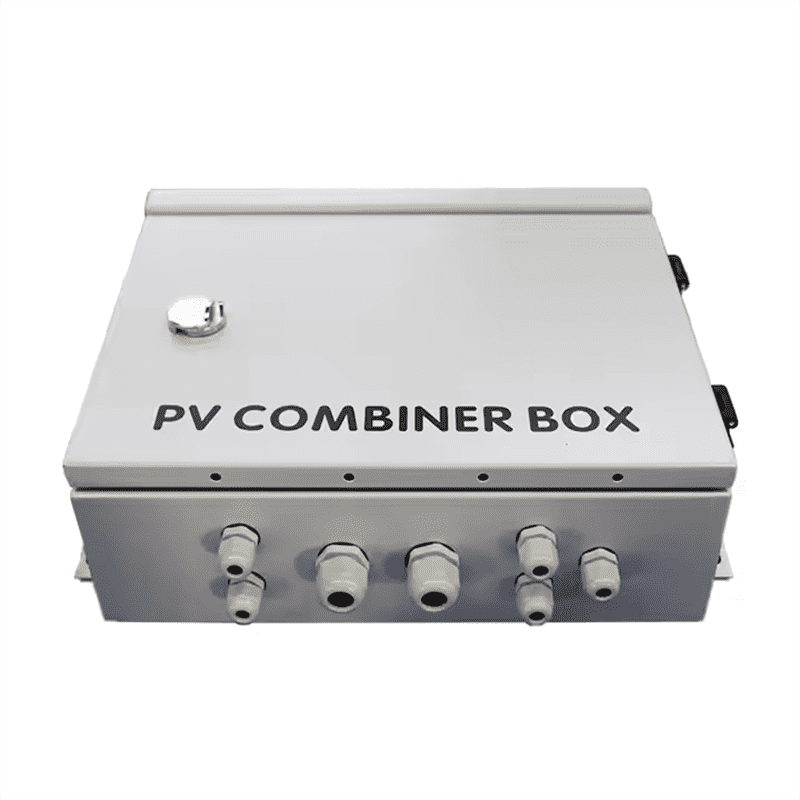
Reviews
There are no reviews yet.